Skill development and vocational training have been in the headlines to bring about an equitable education system in India. While national missions like Skill India mostly focus on entry level or basic skilling, universities and institutions of higher learning are offering B.Vocational programs that open up avenues for work-integrated learning. In this Skill Talk, Prof. Neela Dabir, Dean, Tata Institute of Social Sciences – School of Vocational Education (TISS-SVE), emphasizes on the need to create options to bridge the gap between the academic and vocational streams.
 Vocational Education and Training (VET) in India is evolving as a parallel system that can provide sustainable means of employment to the youth and encourage them to take up the entrepreneurship route. It would be highly beneficial to students and colleges if they explore ways to build equivalence and interoperability among the academic and vocational streams.
Vocational Education and Training (VET) in India is evolving as a parallel system that can provide sustainable means of employment to the youth and encourage them to take up the entrepreneurship route. It would be highly beneficial to students and colleges if they explore ways to build equivalence and interoperability among the academic and vocational streams.
Things are yet to be worked out, we are talking about horizontal and vertical movement, we have to explore ways to operationalize such flexibility. One of the ways is to get started by identifying which courses can lead to horizontal mobility and which ones are suitable for vertical movement. These are still at concept stages – the movement from vocational to mainstream and vice-versa is still a principle, that has to be operationalized for putting into practice. Since the employability is very poor for Engineering and other graduates, we need two-way movement between academic degrees and skill-based courses.
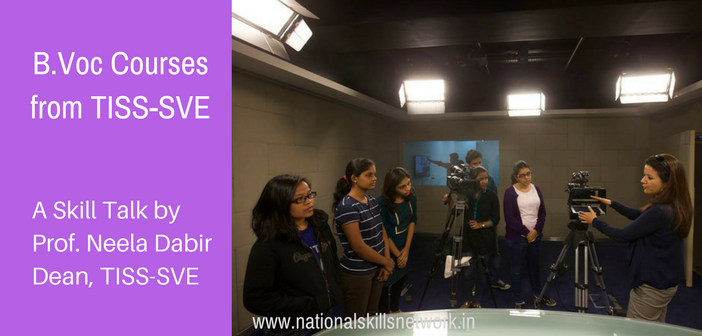 The need to build bridges across both streams
The need to build bridges across both streams
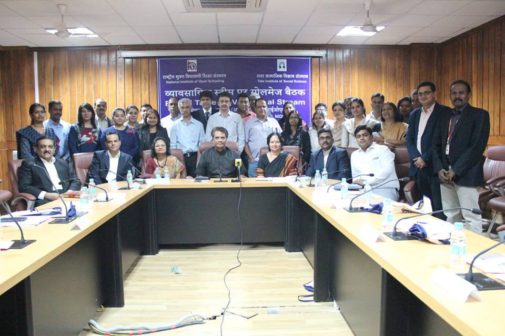
Let’s assume, students from Engineering Degree courses want to move to automotive vocational stream, we are not clear how the mapping has to be done, it can’t be random. Similarly, for facilitating movement from ITIs to Higher Secondary or B.Voc through National Institute of Open Schooling (NIOS) bridge course, we need to have some guidelines. Or, when we look at the credit system, if a BFSI B.Voc student wants to move to a Degree in Commerce, how many credits should this student earn and what courses should they enroll for? We still have a long way to go to make such transitions smooth. This is yet to become real!
Bridge courses are applicable in both ways – from mainstream degree courses to vocational courses and vice-versa. NIOS bridge courses for ITIs are yet to be defined.
Look at another example, students from B.Voc (Pharmaceutical Chemistry) cannot go for M.Sc in Pharma because of the work-integrated, practical nature of learning in B.Voc. This doesn’t give them equal exposure to theory vis-a-vis the regular course of B.Sc. in Pharma and hence it is not equal to B.Pharma or B.Sc Pharma. But they definitely have some inputs of B.Pharma. If they have to go for M. Pharma, they can undergo a bridge course for what they have missed in terms of theory or probably for them M.Sc can be of 3 years with scope for bridging the theory part. This has to be defined. If not it will be haphazard – both for students, and industry – they will not know what to expect.
TISS-SVE model of vocational education for work-integrated learning
At TISS – SVE, we follow the Hub and Spoke model of vocational education. We work with the industry and implementation partners. Three parties are involved in imparting vocational education. TISS being the apex body takes overall ownership of monitoring, examination and certification. People from the industry know what the skill gaps are, so we get our courses vetted by a team of industry experts. After that, the academic council approves the courses, and then we identify different partners to implement the course in work-integrated model.

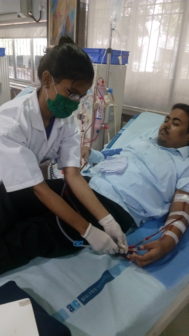
All the courses have 60% of practical component and 40% theory and they follow the norms laid down by the UGC. The course curriculum is also matched with NSQF levels 5, 6 and 7. The 3-year B.Voc Course has multiple exit points. The students get a Diploma (NSQF Level 5) if they complete the first year, after completing the second year they get an Advanced Diploma (NSQF Level 6) and the B.Voc degree (NSQF Level 7) is awarded after completion of three years. It’s also Earn-while-you-learn program because most of the industry partners offer a stipend that helps the students in paying their fee.
A glimpse of B.Voc courses from TISS-SVE
Currently, we offer 26 B.Voc programs, covering 18 sectors and about 5000 students have enrolled so far. The first batch will pass out this year. Lot of awareness is getting built up for the B.Voc Degree since the UGC has also given grants to many colleges to offer B.Voc courses. Over a period of time it may become much sought-after Degree among the youth because these courses are job-oriented.
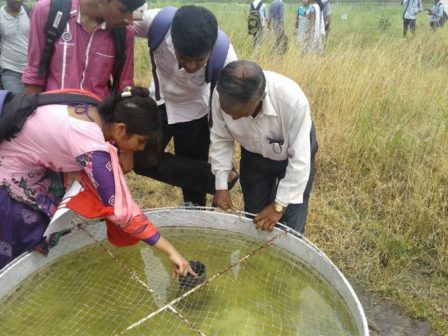
Courses at TISS-SVE: Agriculture, Automotive, Banking & Financial Services , Childcare and Geriatric Care, Dialysis Technology, Electronics, Hospitality, Healthcare, Industrial safety, Industrial tool Manufacturing, Information Technology Enabled Service (ITES), Management & Entrepreneurship, Media & Entertainment, Pharmaceuticals, Printing & packaging technology, Renewable Energy, Telecom, Travel & Tourism

All the courses are demand-driven. We don’t’ launch a course unless there is a possibility of placing the students for on-the-job training or internship. It’s an integral part of the model. These are all innovative courses that are not available in the mainstream education. The courses also come under the purview of NSDA since we are in the process of submitting them for inclusion in the National Qualification Register through NSQC (National Skills Qualification Committee). Even though, as a university, we can have our own assessments and certification, we are aligning the courses with the NSQF.
How it works in practice
An example: In collaboration with Lava Mobile, we offer a course in electronic mobile manufacturing. The students are sourced from villages around their factory. The students go for 8 hours of job as per their shift and our hub partner conducts classes near the factory two hours before or after the shift. Thus education and work experience go hand in hand. If Lava doesn’t have vacancies to absorb the students, they can go to other manufacturing companies because they graduate with 3 years of work experience. This is how we don’t need to set up our own laboratory in mobile manufacturing, that too, something that gets obsolete in no time!
The road ahead
We are in the process of registering our courses in Apprenticeship format to comply with Apprenticeship Norms. The course content may remain the same but the format may change depending on the demands.
Our model is one of the ways of offering vocational education through the University system. There could be different ways, but ultimately students should benefit from it. Right now there are many models being tried out in vocational / skill sector. Everybody is grappling with how best to do it. Many Government Ministries and organizations are involved in Skill Development. Over a period of time things will be standardized based on the experiences gained through all these new initiatives.
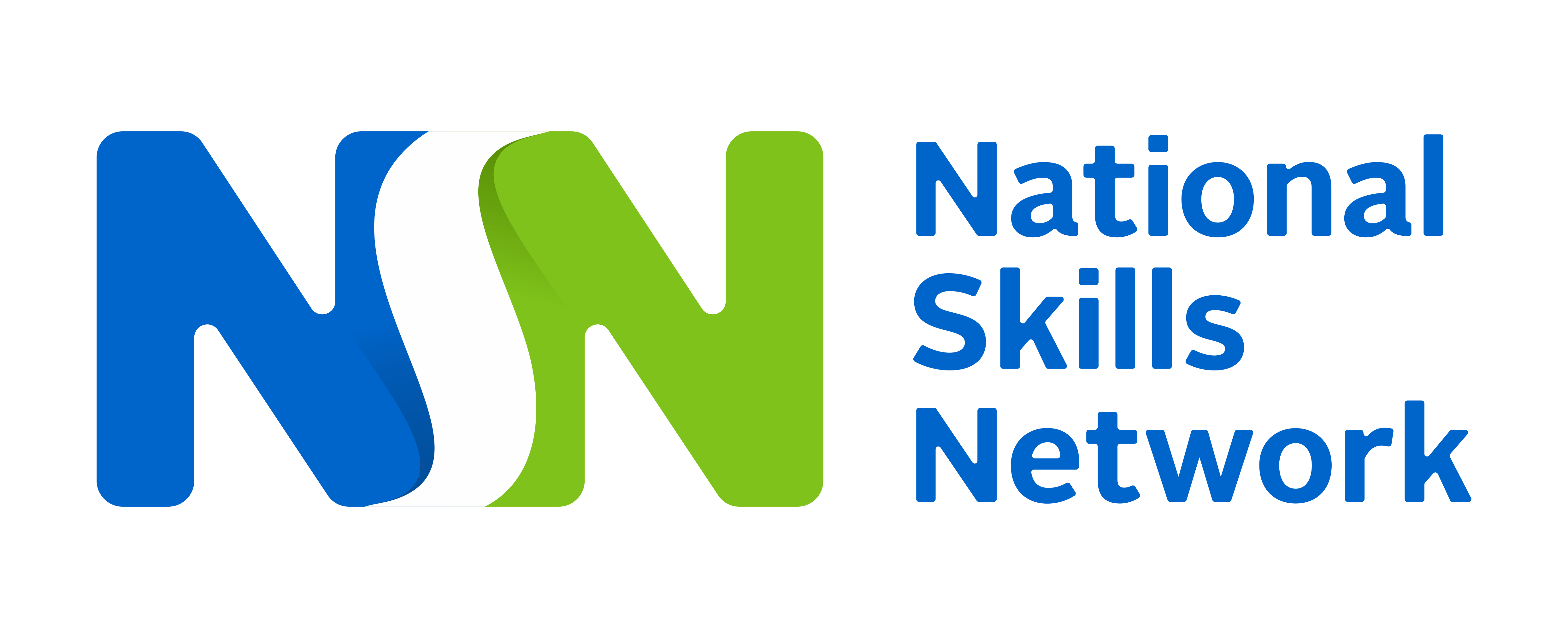




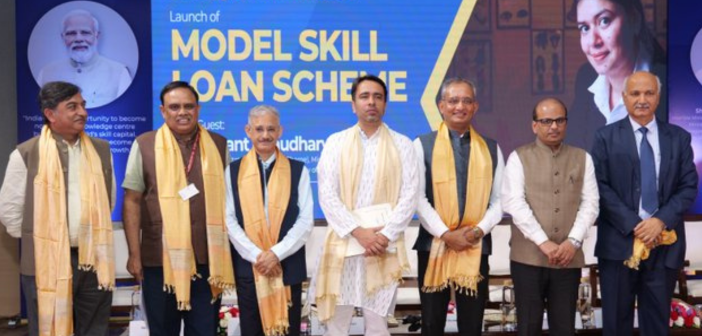
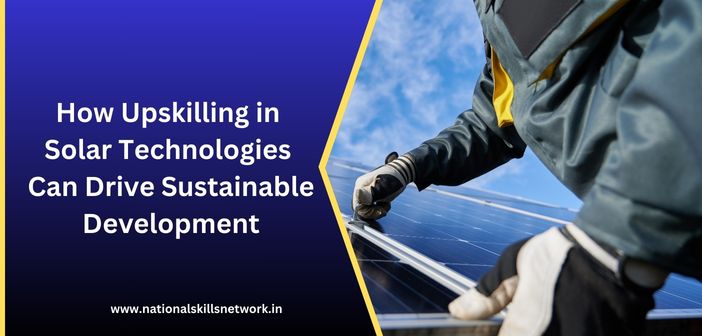

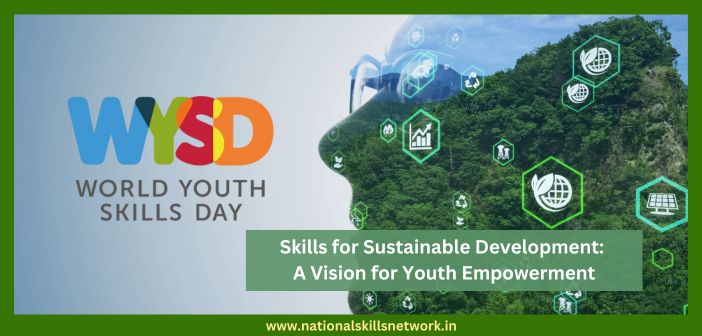

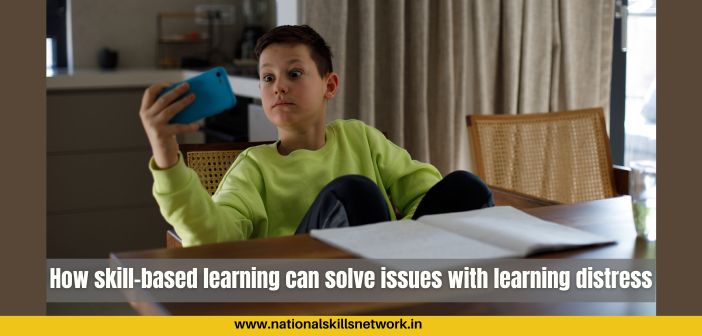
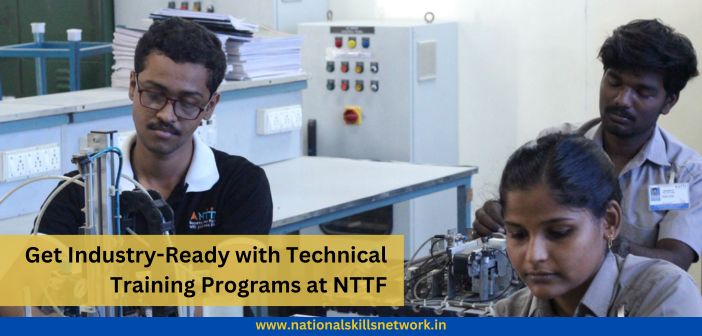

Hi Satish, I am very happy here that, you can contact this mail id : grievance@nsdcindia.org and PMKVY@nsdcindia.org visit this website: http://pmkvyofficial.org/BecomeaTrainingPartner.aspx 9289200333
I have my ccareer ounselling centre. If I want to start guidance centre for vocational education. Is there any scope for this. I want ti take this courses to economically backward students.
how can I get admission in b. Voc course this year plz help me
i want B-Voc Agriculture curriculum under UGC.
Sir my wife is passed vocational course with 75 percentage but it is not verify by govt. Another course are applied to parallel to this course is bridge course ,my wife is pass it with 48 percentage, I want to know, she is eligible for reet 2018 exam
I am from TVS trainingservices(tvsts.com) we would like to become your partner and implement the scheme for TVS group of companies>can you guide us.To kmnow more details about TVSTS Please visit our website,tvsts.com.
Would appreciate a line in reply
Sure, Mr Lakshminarayanan. Please check my mail send to your email id mentioned in the comment.
Nice overview.